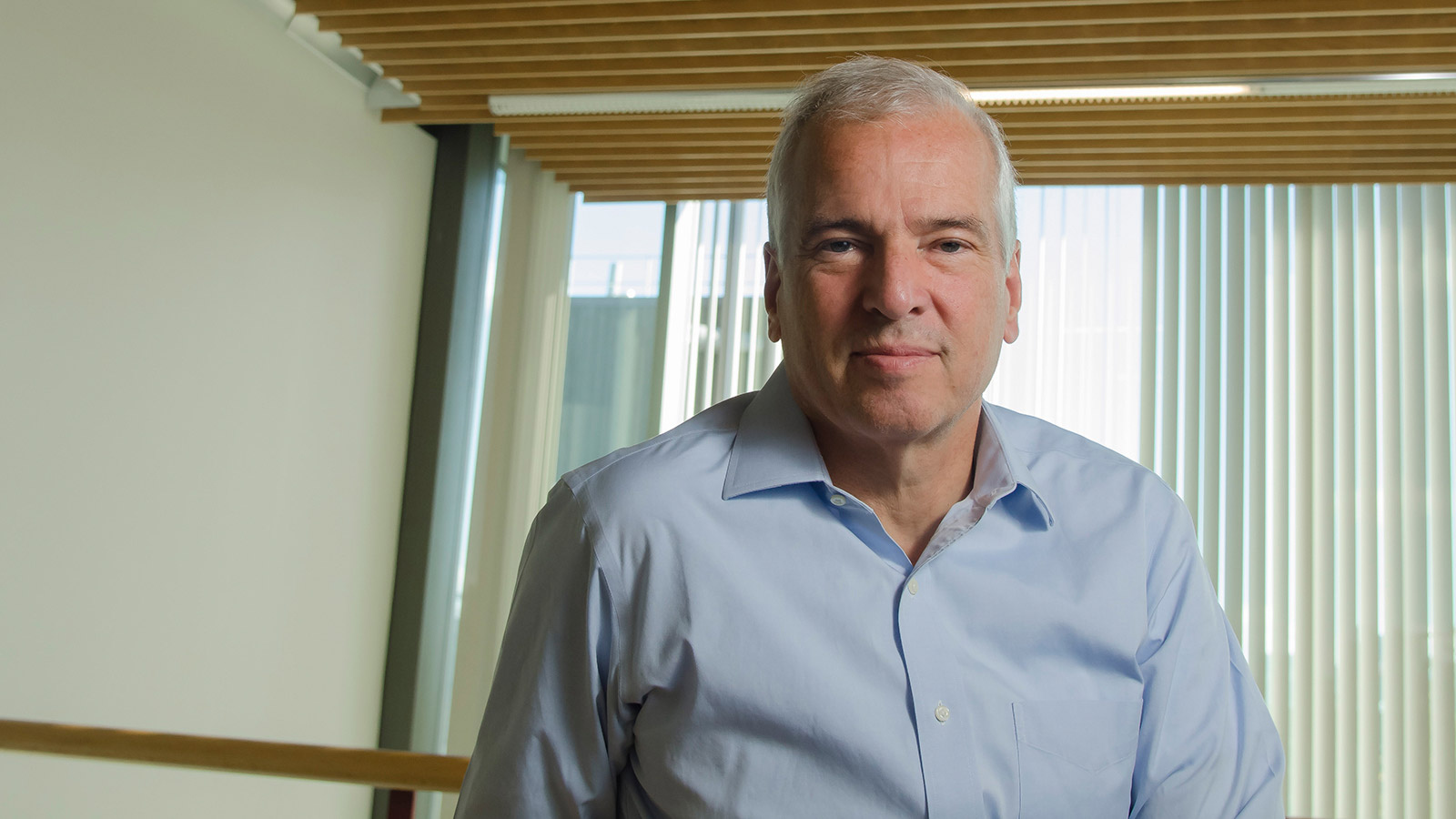Education
- PhD, 1987, MIT
Research Summary
The Kaiser lab studied protein folding and intracellular trafficking in the yeast S. cerevisiae. Their work focused on the protein folding in the endoplasmic reticulum (ER), quality control mechanisms in the ER, and membrane protein sorting in Golgi compartments. They combined genetic, biochemical, and cell biological methods to gain an understanding of the molecular mechanisms underlying each of these processes. Chris Kaiser is no longer accepting students.Recent Publications
- Balanced Ero1 activation and inactivation establishes ER redox homeostasis. Kim, S, Sideris, DP, Sevier, CS, Kaiser, CA. 2012. J Cell Biol 196, 713-25.
doi: 10.1083/jcb.201110090PMID:22412017 - Transport activity-dependent intracellular sorting of the yeast general amino acid permease. Cain, NE, Kaiser, CA. 2011. Mol Biol Cell 22, 1919-29.
doi: 10.1091/mbc.E10-10-0800PMID:21471002 - Different ubiquitin signals act at the Golgi and plasma membrane to direct GAP1 trafficking. Risinger, AL, Kaiser, CA. 2008. Mol Biol Cell 19, 2962-72.
doi: 10.1091/mbc.e07-06-0627PMID:18434603 - Ero1 and redox homeostasis in the endoplasmic reticulum. Sevier, CS, Kaiser, CA. 2008. Biochim Biophys Acta 1783, 549-56.
doi: 10.1016/j.bbamcr.2007.12.011PMID:18191641 - Modulation of cellular disulfide-bond formation and the ER redox environment by feedback regulation of Ero1. Sevier, CS, Qu, H, Heldman, N, Gross, E, Fass, D, Kaiser, CA. 2007. Cell 129, 333-44.
doi: 10.1016/j.cell.2007.02.039PMID:17448992 - Activity-dependent reversible inactivation of the general amino acid permease. Risinger, AL, Cain, NE, Chen, EJ, Kaiser, CA. 2006. Mol Biol Cell 17, 4411-9.
doi: 10.1091/mbc.e06-06-0506PMID:16885415 - Conservation and diversity of the cellular disulfide bond formation pathways. Sevier, CS, Kaiser, CA. 2006. Antioxid Redox Signal 8, 797-811.
doi: 10.1089/ars.2006.8.797PMID:16771671 - A conserved GTPase-containing complex is required for intracellular sorting of the general amino-acid permease in yeast. Gao, M, Kaiser, CA. 2006. Nat Cell Biol 8, 657-67.
doi: 10.1038/ncb1419PMID:16732272 - Amino acids regulate retrieval of the yeast general amino acid permease from the vacuolar targeting pathway. Rubio-Texeira, M, Kaiser, CA. 2006. Mol Biol Cell 17, 3031-50.
doi: 10.1091/mbc.e05-07-0669PMID:16641373 - Disulfide transfer between two conserved cysteine pairs imparts selectivity to protein oxidation by Ero1. Sevier, CS, Kaiser, CA. 2006. Mol Biol Cell 17, 2256-66.
doi: 10.1091/mbc.e05-05-0417PMID:16495342

